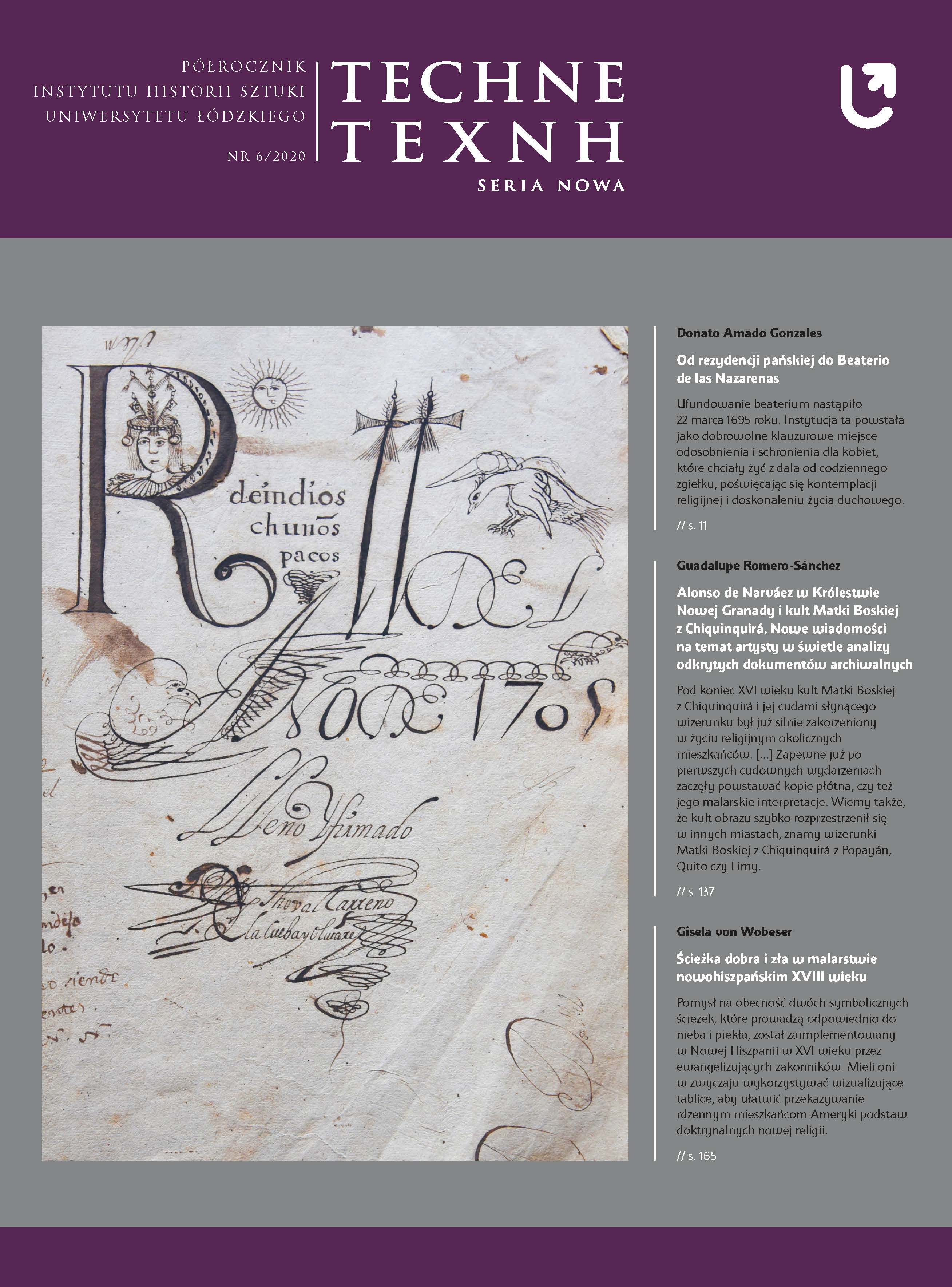Smoki i pokrewne im stworzenia. Obecność smoczych przedstawień w sztuce andyjskiej Wicekrólestwa Peru
Dragons and Such Like Creatures. Presence of Dragon Representations in Andean Art of Viceroyalty of Peru
Author(s): Ewa KubiakSubject(s): Fine Arts / Performing Arts, Architecture, History of Art
Published by: Wydawnictwo Uniwersytetu Łódzkiego
Keywords: Andean art; dragon motif; modern iconography; modern art
Summary/Abstract: This paper is devoted to a dragon motif, which can be find in the art of the Viceroyalty of Peru. The analysed area covers the Andean areas, which, due to their population structure, were the most strongly subjected to the process of cultural métis. It was where the old Inca traditions encountered with the Catholic religion brought and instilled by the Spanish conquistadors. Local elites relatively quickly got assimilated with the new realities, especially in Cusco. The invaders’ religion was adopted by the indigenous population and became a very important part of city and region inhabitants’ life. It must also be remembered that, in terms of the Catholic religion and art related to it, there was a process of assimilation based on a desire to maintain distinctiveness within the new cultural realities, yet it was not resistance to the Christian religion imposed by the rule of the Spanish Crown, but a need to maintain own identity linked to indigenous traditions. A lot of motifs appearing in Andean art can be analysed on three levels of interpretation: global, Iberian and Andean one, also a dragon motif can be subjected to multifaceted analysis thanks to its ambiguous symbolic and iconographic dimension. Representations of a global nature were the most popular. Dragons can most often be found in the company of saints and, above all, in images of the Immaculate Virgin Mary or in religious scenes with allegorical meaning. The second part of the paper is devoted to the presence of fantastic creatures known as tarascas, which have become quite a popular element of the Corpus Christi procession in Spanish and Hispano-American culture. Relatively least common representations are those of a local nature, developed in a specific Andean cultural space; however, there were plenty of such motifs in Peruvian colonial art, too. The tradition of Greco-Roman mythology and Andean beliefs are intertwined in motifs and scenes that become testimony to coexistence of forms and meanings, testimony to an extremely interesting mestizaje cultural phenomenon.
Journal: TECHNE. Seria Nowa
- Issue Year: 2020
- Issue No: 6
- Page Range: 39-76
- Page Count: 38
- Language: Polish

